Mehr Singh Acting Editor-In-Chief It’s that time of year again everyone knows is coming. Our annual tradition: dress up day, shortened class periods, and the student faculty chorale. I hear mention of it in assembly along with a general sigh. It seems kind of strange. Why does a Latin tradition not excite the students or community? Why does the idea of shortened classes interest students more than the chorale itself? These questions have been raised not only by students, but also by faculty wondering why we have the chorale as a tradition. Walking back from St. Chrysostom’s after the chorale all I heard were friends complaining about how much they felt had been wasted. One hour seemed much longer. Moreover, this year at least, the music didn’t seem to resonate with many students. As religious hymns were sung by students and teachers, many people felt out of touch, being more interested in the upcoming Phantom of the Opera medley. Personally, I was sitting behind one of the many columns in the church, cramped between many students, unable to watch the chorale. But, these issues are minor in comparison to why the student faculty chorale isn’t evoking the reaction from the Latin community that it’s meant to. To get a new perspective besides the one I kept hearing, I wanted to understand why the disconnect is occurring between those in the chorale and the audience. Leaving the chorale many students were complaining, but it seems like chorale members didn’t feel that. Mr. Friedman, a faculty member of the chorale, mentions, “ It seems like the community responded favorably based on the ovations. And, it’d really be a shame after all that work if that wasn’t the case.” The Latin community values the work of the chorale, but why is there still this discrepancy? To figure out some answers I asked an expert on the subject, Mr. Lunsford, some questions. The student faculty chorale started around 1983 and has continued ever since, with a growing number of members. Mr. Lunsford explains, “Teachers at Latin wish to provide a rich and diverse learning experience for the students. Again, I’m speculating, but a large chorus enabled Latin to explore some of the cornerstones of Western musical culture, such as Bach’s B Minor Mass and Handel’s Messiah. In addition, a unique situation was created: faculty and students were working together as equals. This collaboration, I feel, still represents the heart of the experience- teachers and students facing the same direction.” In an attempt to further musical talents at Latin in a way that includes both students and faculty, we created the chorale. That’s probably the answer most people expected. Interestingly, however, some students feel that purpose isn’t being achieved. An anonymous student comments, “It’s interesting because while teachers and students are promoted to work together, that doesn’t work out too well. We all have very busy schedules and most of time students have their own rehearsals while teachers have their own. Only closer towards the chorale do we actually collaborate.” Schedules might pose problems, but considering the Latin curriculum that issue probably relates more to the demands of our work rather than the chorale itself. But the question still remains: is the student faculty chorale even achieving its main aim? Some students take the issue even in suggesting this idea of an equal platform isn’t so equal. Another student adds, “ The most prominent voice I heard, while it was beautiful, was of the Latin voice teacher. What does that say?” Maybe adding some more student solos in the performance would alleviate the problem. While there seems to be some disconnect, students are interested. Junior Bella Costa mentions, “ I think that chorus students, though opinions vary about the chorale in general, respect the chorale more than other chorus events. While they may still goof off during practice, we want to respect our teachers and perform well with them.” Students in the chorale may become more connected with teachers by being able to represent their talents alongside those of faculty. And, the audience might become more interested, as sophomore Cat Sharp mentions “ I think it makes it a more fun experience when I get to see friends have solos and take on greater roles in the chorale.” Besides solos a major part of the disconnect arises from the music selection. For a lot of people, in our extremely diverse school, the religious hymns in the chorale don’t resonate or create the emotional connection the chorale strives for. While many appreciate the hymns, to most they are considered unfamiliar, and to some, outdated. There seems to a generational gap between the songs the Latin community enjoys and those that the chorale performs. On selecting music Mr. Lunsford explains, “For most of its history, the chorale restricted itself to the traditional classical canon of works by Brahms, Handel, Beethoven, Britten, et al. Over the past few years, I have sought to diversify the range of music undertaken without compromising on the worthiness of the pieces being studied. I’m not entirely certain how the audience received pieces such as Gospel Mass and the African Shona Mass, but I felt it was important to explore works by composers who were not from the “Deceased Europeans Club”. It seems that the chorale’s history reflects majorly on the music chosen today. And, while the musical integrity of those composers is important, it might be time to focus the music a bit more on the audience’s interest. Considering the chorale fosters a relationship between people of different generations, it might be interesting to do the same with the music; the chorale performance could have a variety of pieces from different generations that all center on the same theme (like war for example…maybe some Bob Dylan?). Mr. Lunsford acknowledges, “ It is a long process to choose a program on the concerns of general interest, accessibility, and variety, while still maintaining musical integrity.” This struggle might be better accomplished with more modern music thrown in the mix. I guess what I’m really getting at is why isn’t the Latin community receptive to the tradition? Why do students and faculty groan about having to sit through the chorale rather than get excited at the chance to see students and faculty sing together? Maybe it’s because most people can’t relate to traditions and ideas of 1983, the music doesn’t excite them, or the community can’t seem to understand why the tradition of the chorale continues. It’s this fuzzy answer that is debated, but can’t completely be identified. Ms. Stephens explains, “Latin seems to struggle with its recognition that rituals can benefit a school community against the aversion to conformity (and a reluctance to sacrifice time from class). I’ve come to appreciate this struggle and hope this issue will invite a wider discussion on who we are as a community.” Through the exploration of what Latin is missing from the experience of the chorale students and faculty can improve the experience to one in which those in the chorale feel the same way the community does as the audience.]]>

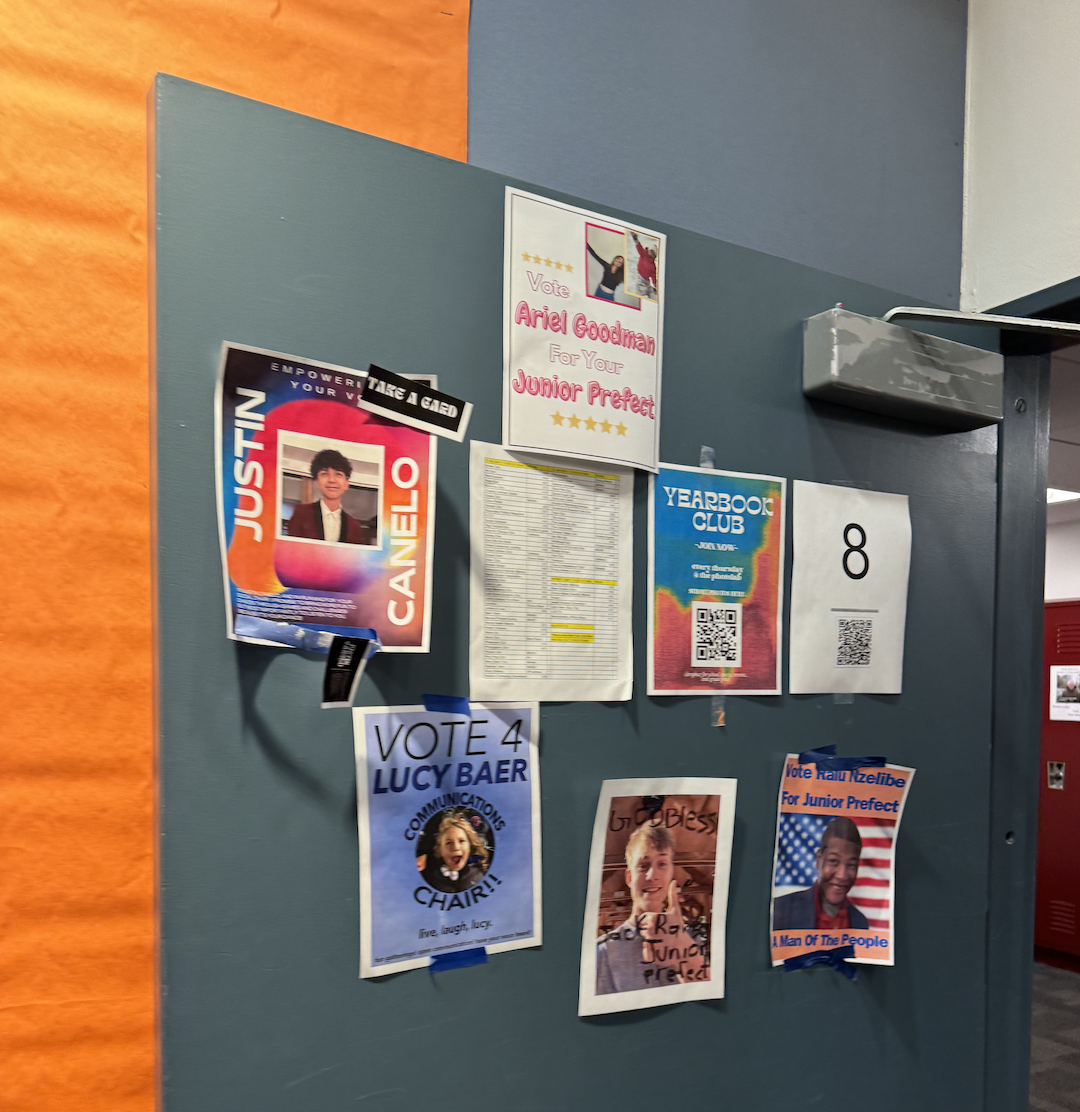

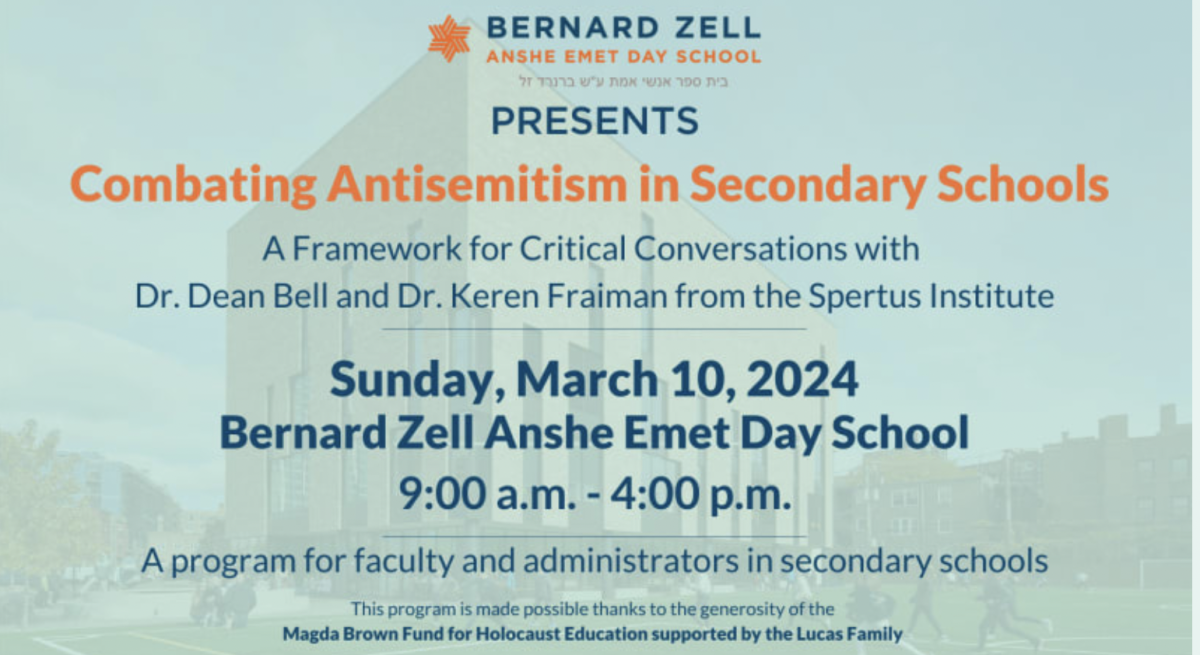
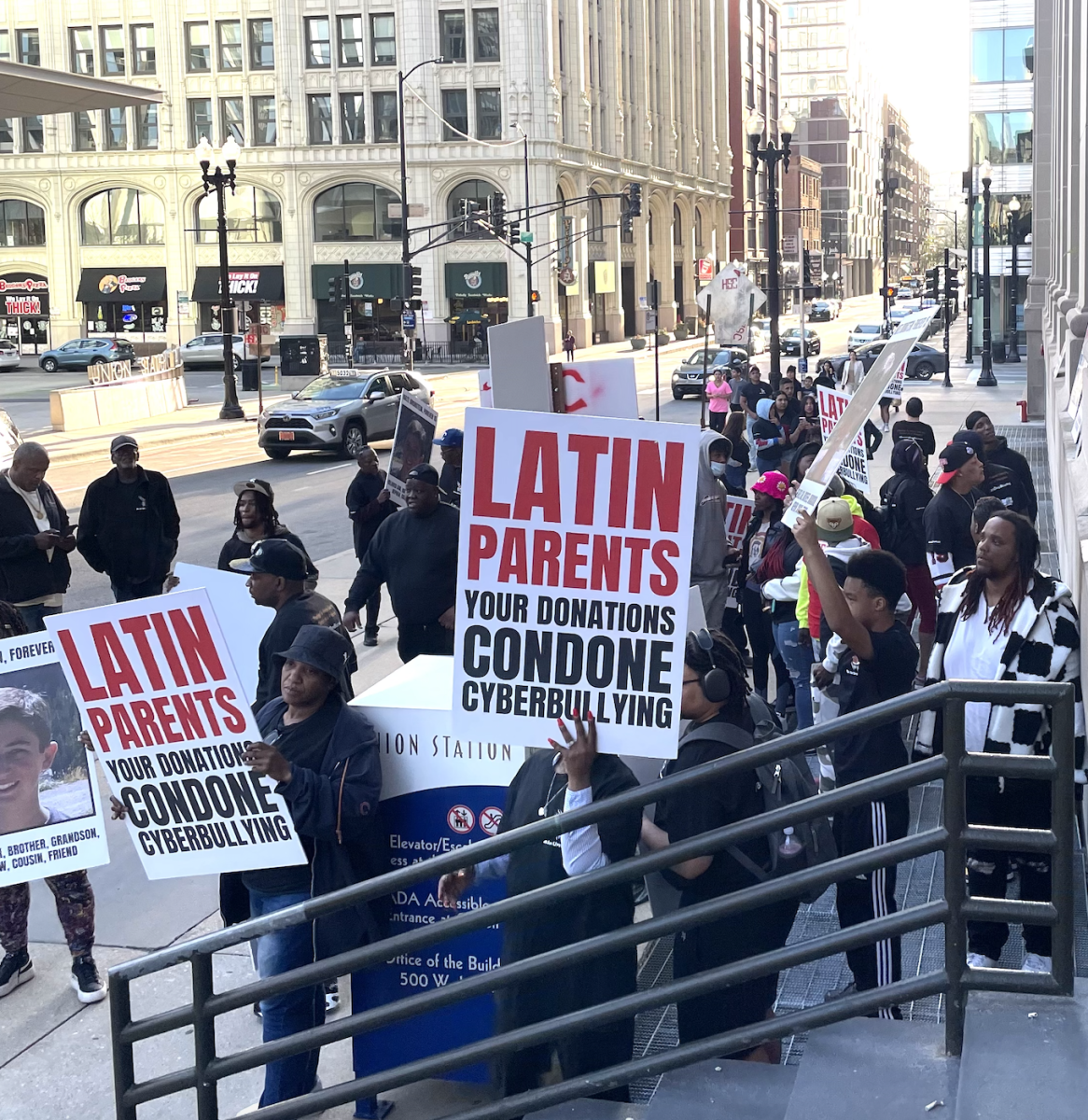
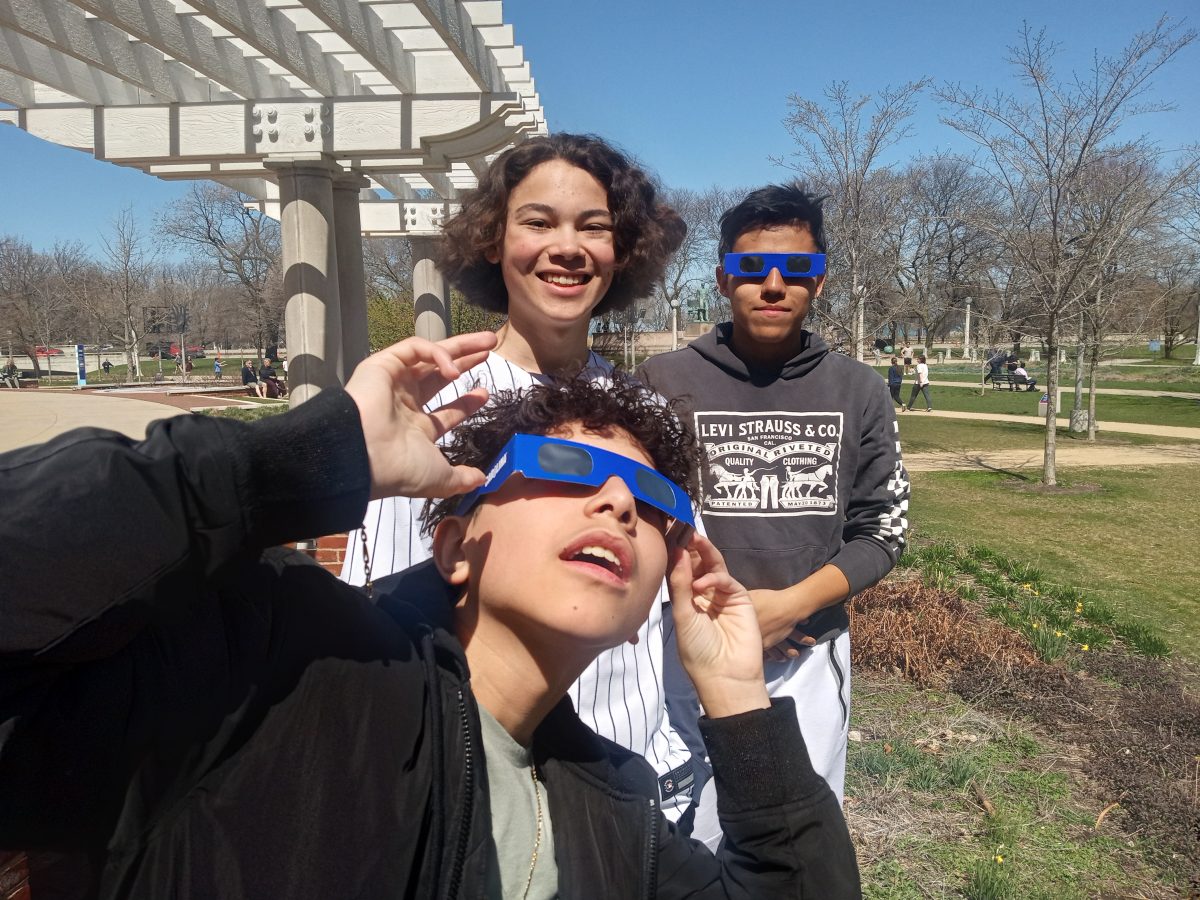









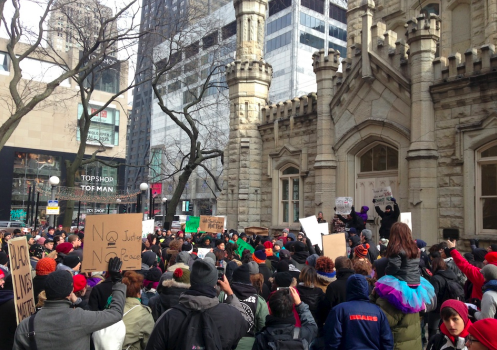

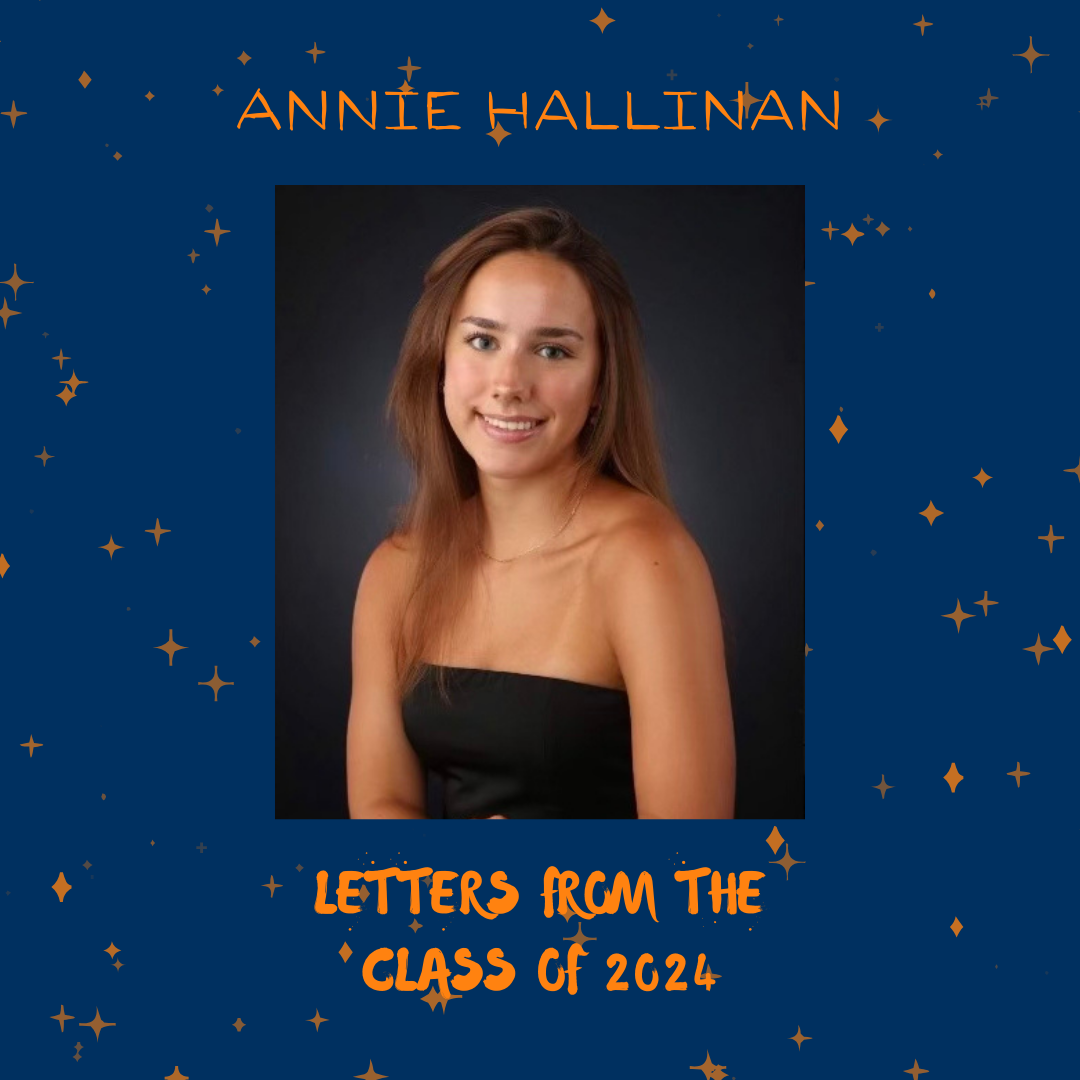
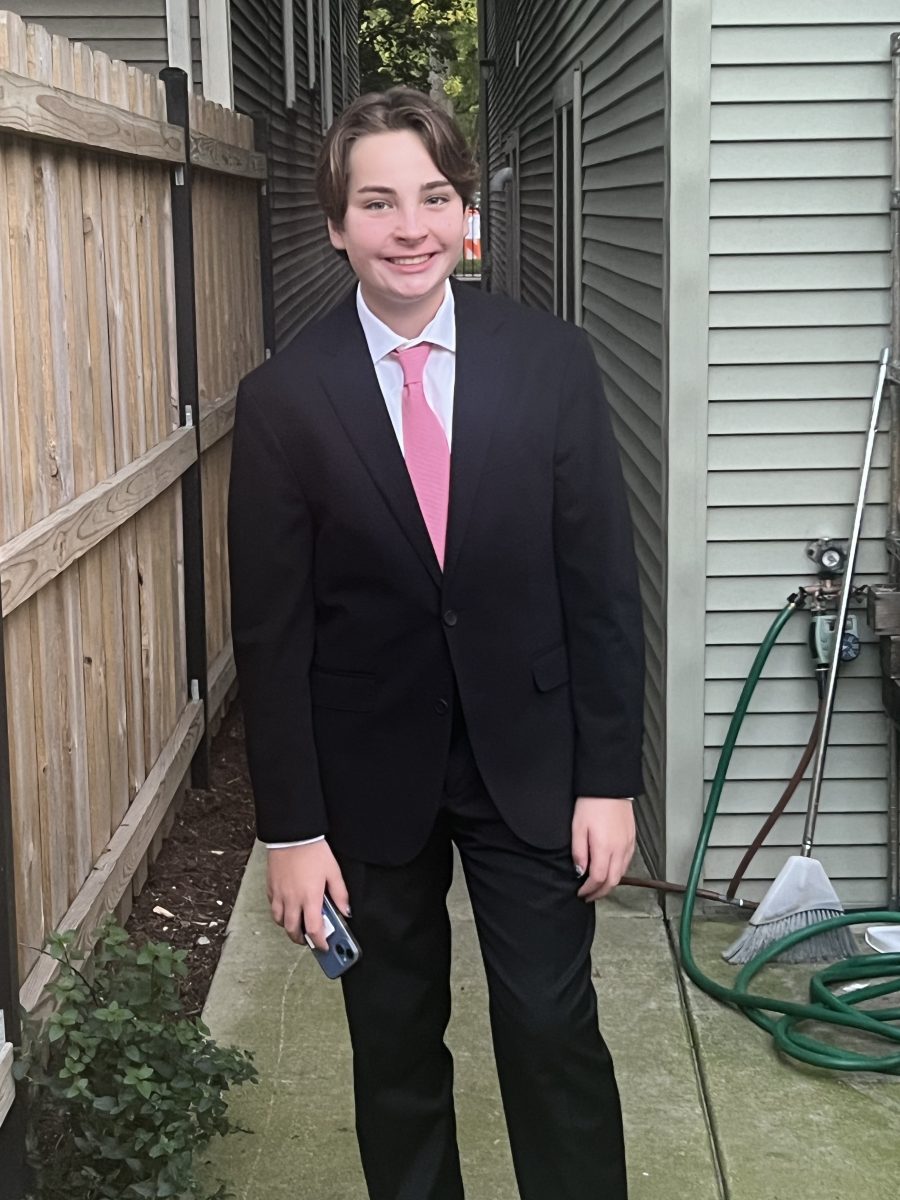




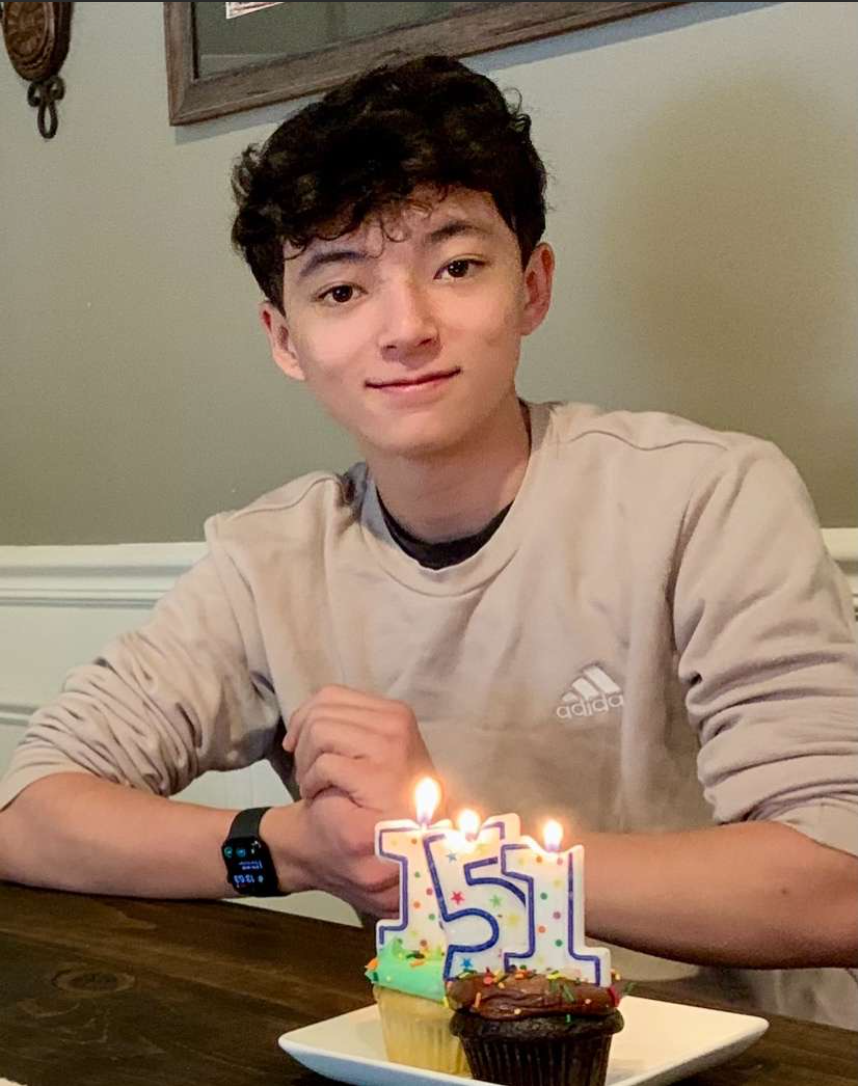

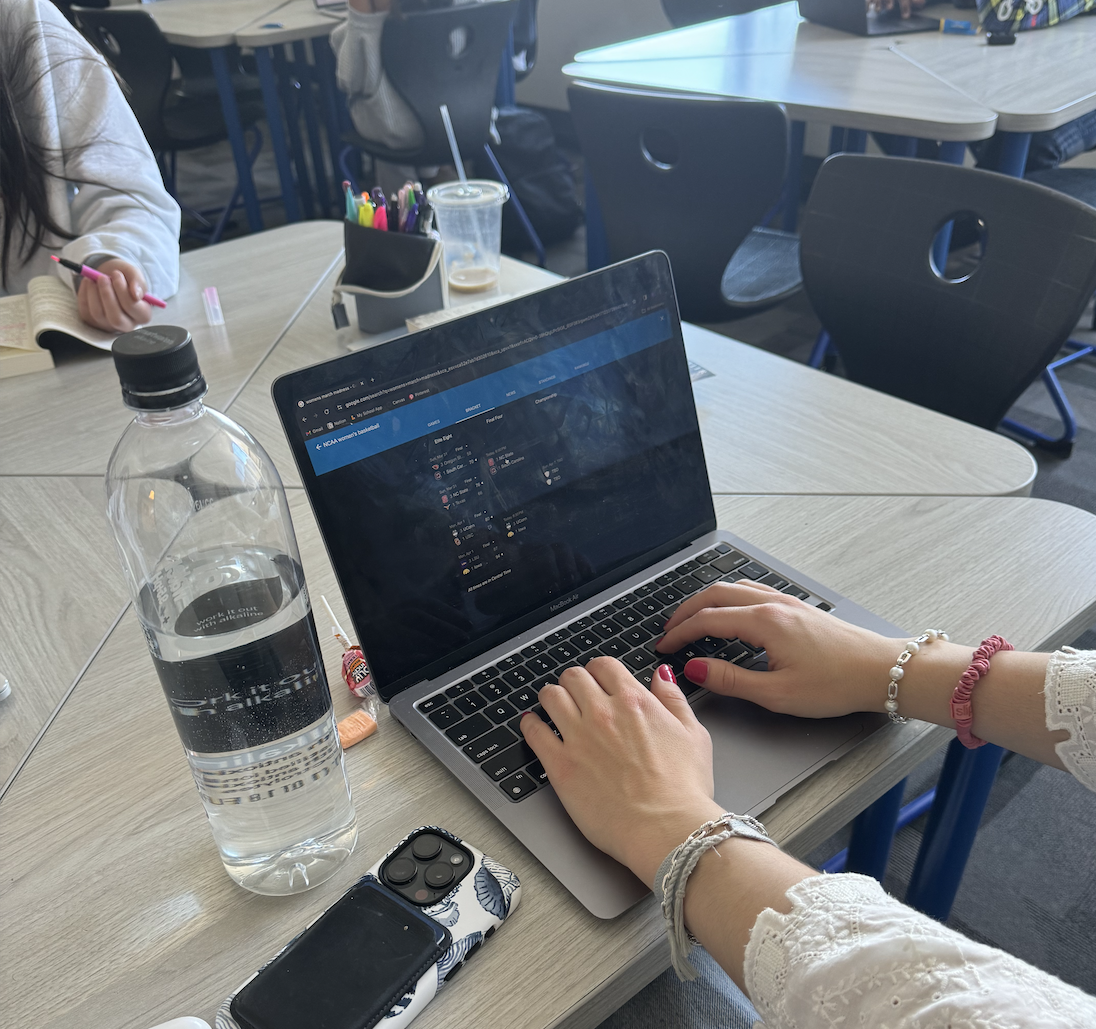
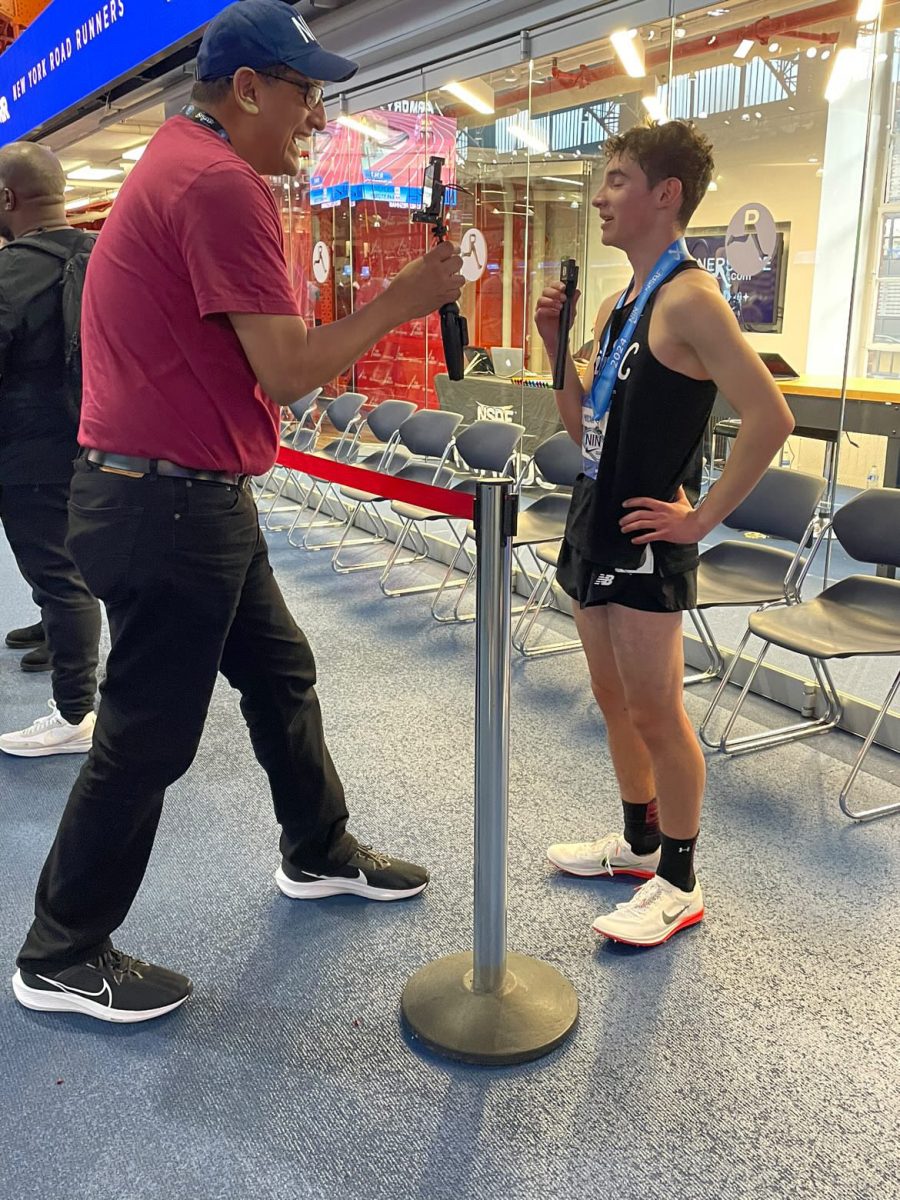
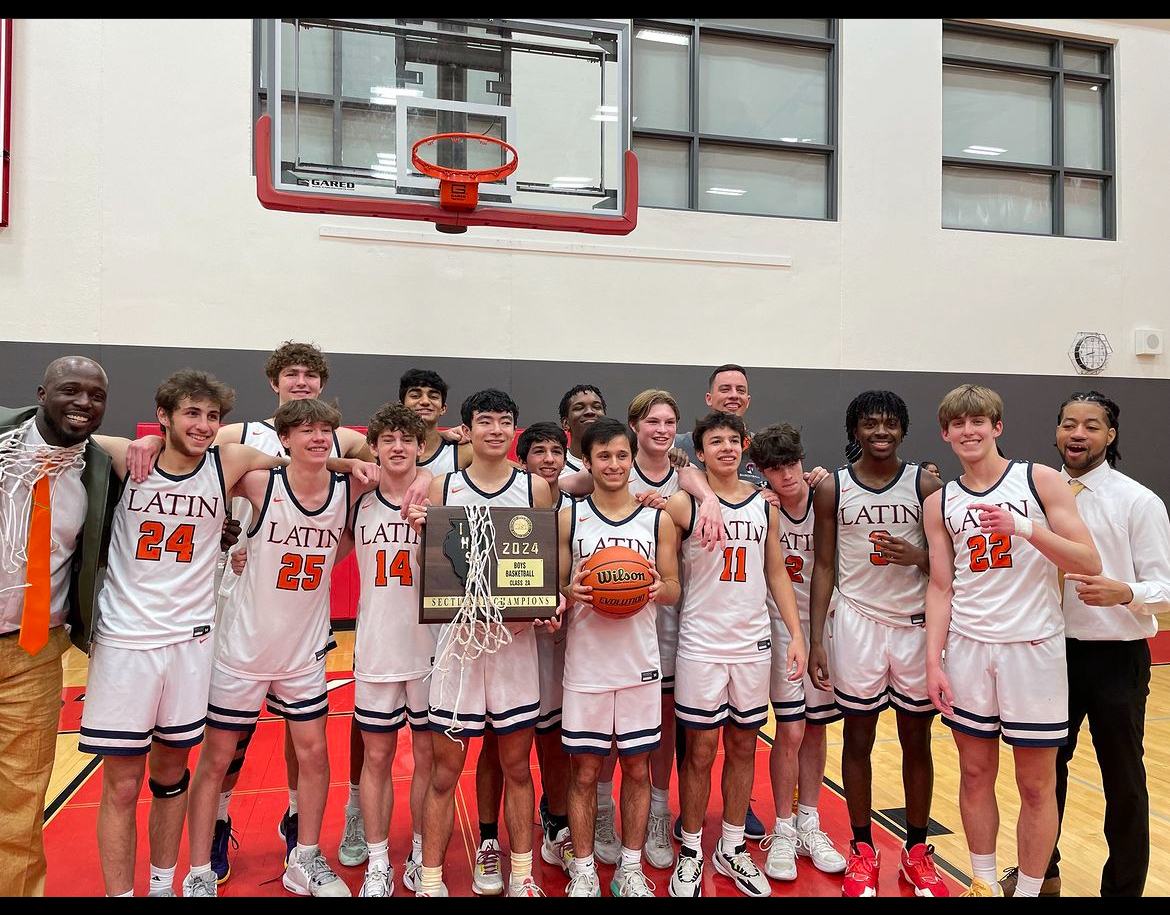
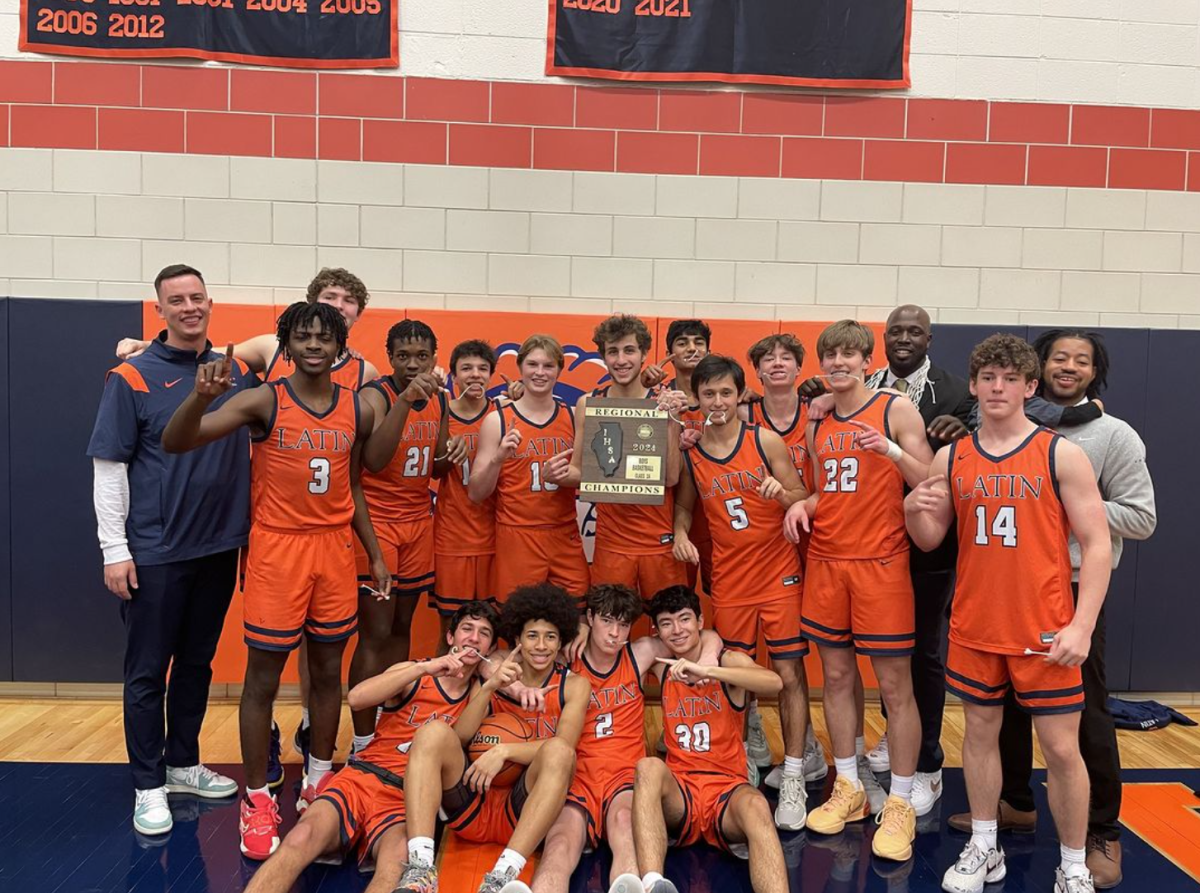
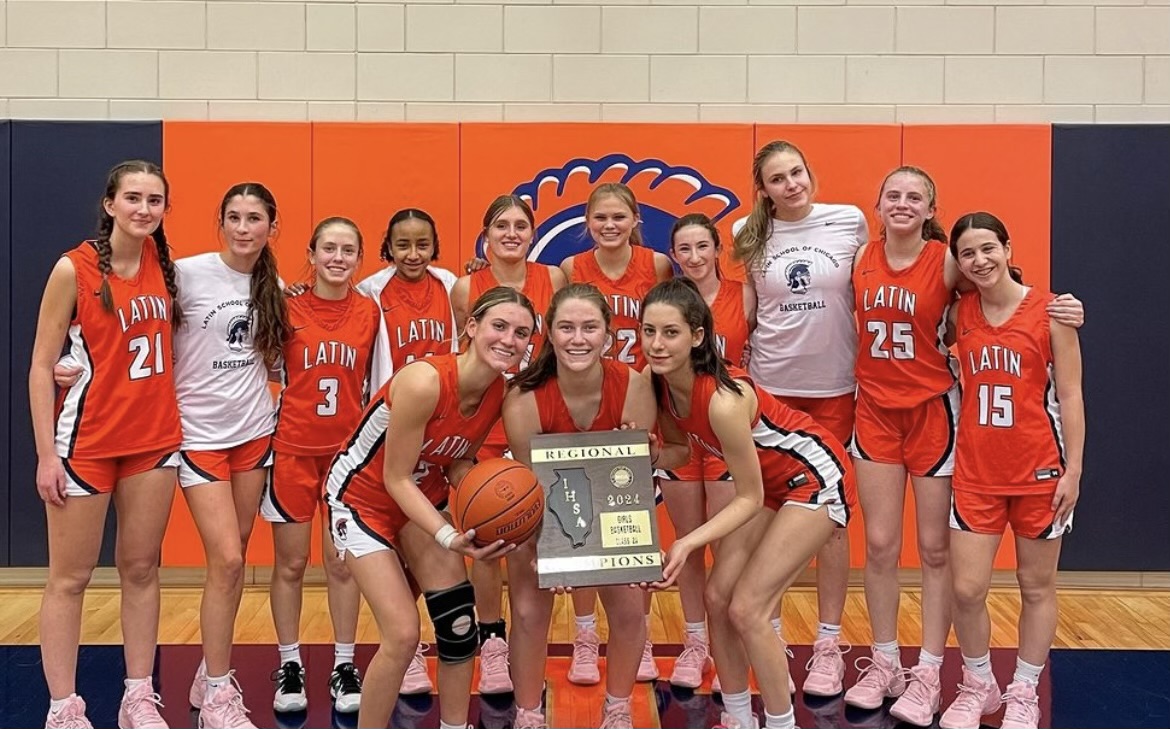
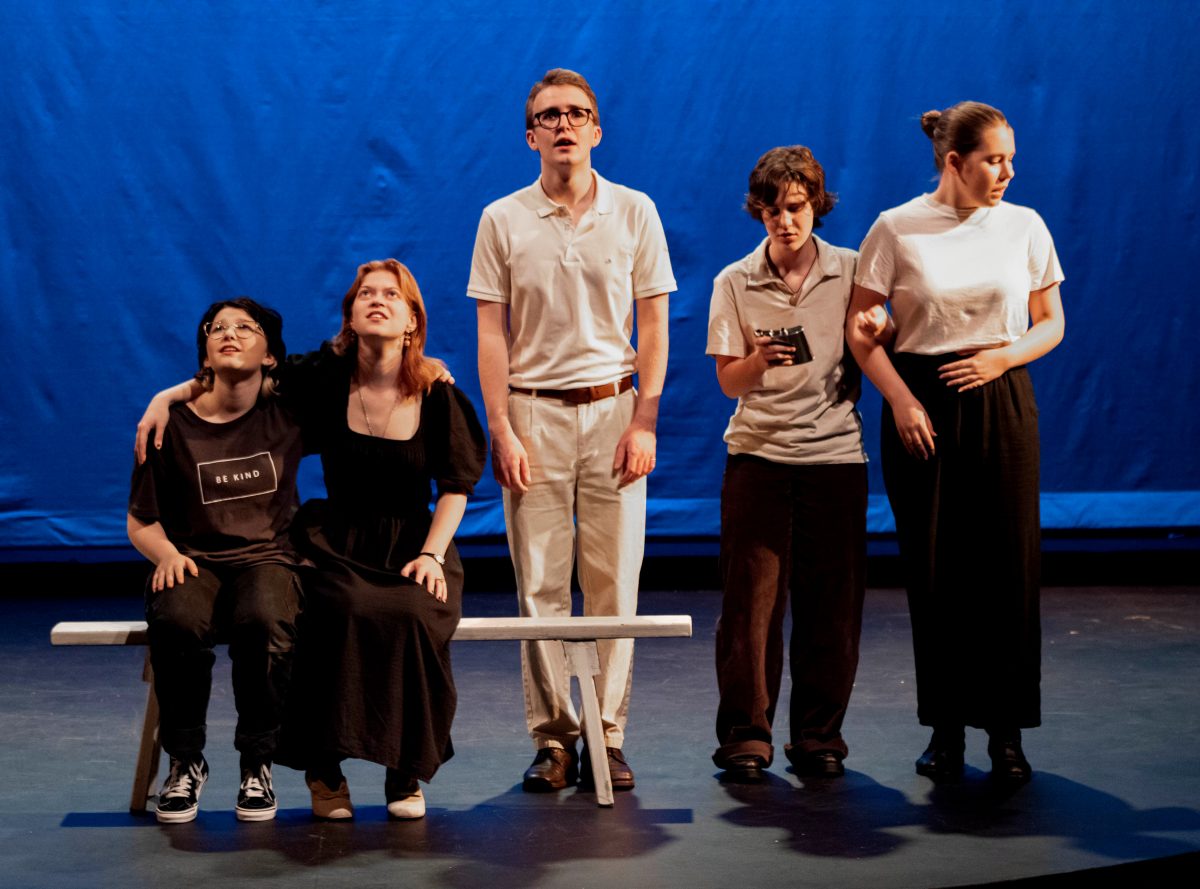

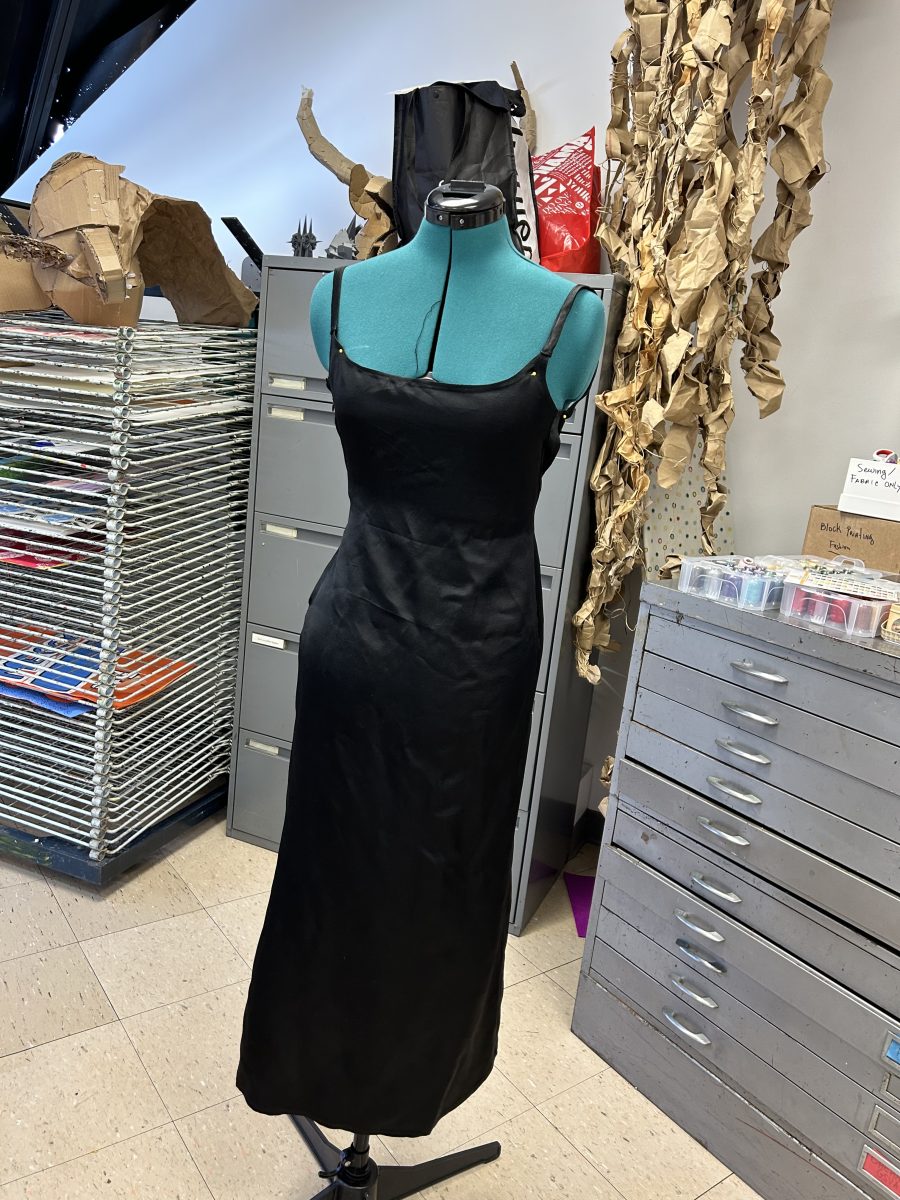

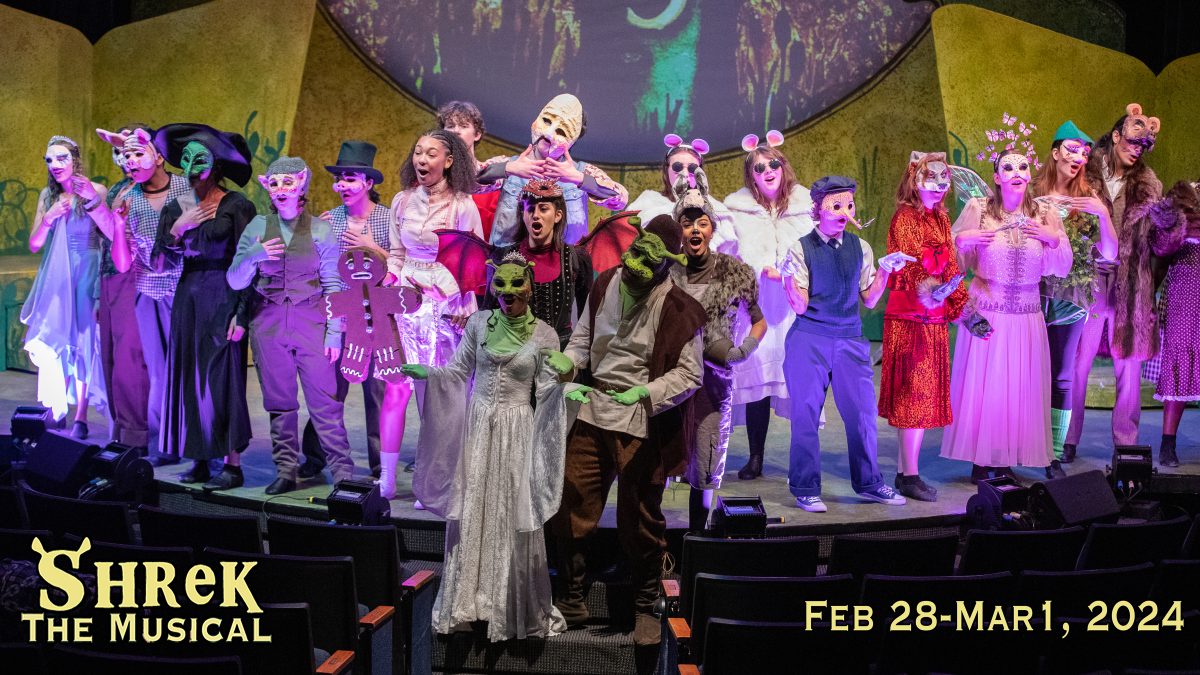



rstone • May 2, 2012 at 11:15 pm
I have never really enjoyed choral concerts. I’m tone deaf so all the exquisite arrangements and solos generally make me an Othello on a scale of 1 to jealous. But the student-faculty chorale is something different. I think it’s the fact that it’s the entire school in attendance, all jammed into the chapel and dressed in our Tuesday best. It’s like the Dead Poets Society prep-school memories we never had, and I wouldn’t do away with the tradition for anything. Perhaps it’s the moment you hear your friend’s French teacher unveil his trained operatic alto (tenor? soprano? If you can’t tell, I really don’t know anything about music), or maybe it’s the nerd-tastic moments of singing along to Phantom while pretending to serenade the person sitting next to you (*cough cough Samantha Cohen). Or maybe that’s just me. I can’t sing and will probably never be able to, but this chorale allows me to feel like I can be a part of the music, even if I’m just lip-synching.
Hedy • May 2, 2012 at 8:56 pm
In addition to a lot of really important points that Mehr brings up, the schedule of the chorale also poses a huge problem. We have to adjust the whole day, cut out long block, and – essentially – screw over the two blocks that don’t meet on the day we base the schedule on. With our schedule, it’s really hard to skip a day. Is stu-fac chorale worth our day? My Middle East class could have really used that extra forty-five minutes of discussion that day, and these schedule anomalies can really affect us in the long-run. Why can’t stu-fac chorale fit into an assembly block? That way, it’s not so disruptive. I’m happy to dress up (though the dress code for the day is a completely different issue…), but why do we need to mess up the whole week with a crazy schedule?
ewilliam • May 2, 2012 at 4:20 pm
As a chorus member, this article stings. But all the perspectives expressed in are accurate, which in general is good and bad…